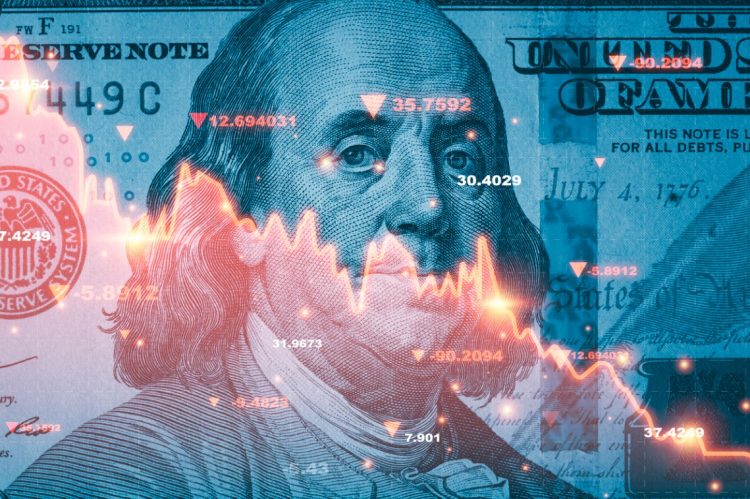Inflation rose slightly in September, according to a U.S. Bureau of Economic Analysis report released October 31.
The Personal Consumption Expenditures (PCE) price index increased 0.2%. Excluding food and energy, the PCE price index increased 0.3%. Real DPI increased 0.1% in September and real PCE increased 0.4%; goods increased 0.7% and services increased 0.2%.
Personal income increased $71.6 billion (0.3% at a monthly rate) in September, according to estimates. Disposable personal income (DPI), personal income less personal current taxes, increased $57.4 billion (0.3%) and personal consumption expenditures (PCE) increased $105.8 billion (0.5%).
“Today’s PCE index showed that the increase in inflation over the past month has slowed to 2.1%, very close to the Fed’s 2% goal rate,” said Melissa Cohn, regional vice president at William Raveis Mortgage, in Connecticut. “However, the core rate of inflation rose by 0.3%, more than markets had hoped for, especially since it was fueled by an increase in consumer spending and will likely continue to be a source of concern for the Fed next week. Mortgage rates continue to increase, so here’s hoping for a weak jobs report tomorrow.”
The increase in current-dollar personal income in September primarily reflected increases in compensation that were partly offset by decreases in personal interest income and proprietors’ income.
The $105.8 billion increase in current-dollar PCE in September reflected an increase of $72.1 billion in spending for services and an increase of $33.7 billion in spending for goods. Within services, the largest contributors to the increase were healthcare and housing and utilities (led by housing). Within goods, the largest contributors to the increase were other nondurable goods (led by prescription drugs), food and beverages, and motor vehicles and parts (led by new light trucks). These increases were partly offset by a decrease in gasoline and other energy goods.












